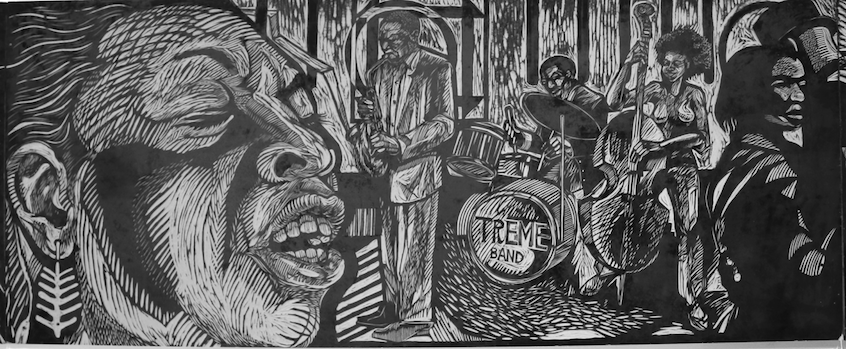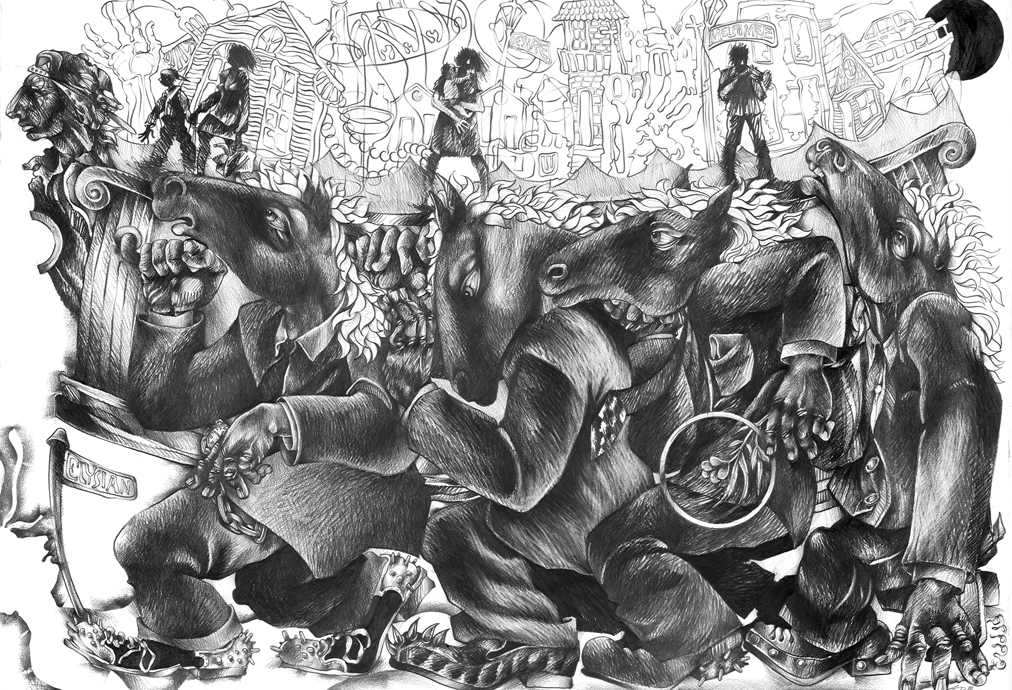When Dante enters the Heaven of Jupiter, he encounters the eagle of divine justice and the five souls which form the constellation of the eagle’s brow. These souls are arranged in this particular constellation because they embodied divine justice while on Earth and now, in paradise, finally understand its true nature. Though these souls now bear an intimate understanding of divine justice, they warn Dante that it cannot be fully comprehended by human beings. Despite this impossibility, Dante does learn something about divine justice. Through the eagle’s recounting of the experiences of the souls which constellate its brow, the eagle reveals that human beings can and do participate in divine justice through their expressions of “fervent love” and “living hope” (20.95). Indeed, the eagle claims that “The Kingdom of Heaven is subject to violence / from fervent love and from living hope” (20. 94-95). These lines are shocking, as violence does not seem to have a place in paradise. However, according to Dr. Ronald Herzman, these lines potentially refer to the work of Aristotle, who defined violence as unnatural motion. Thus, the violence in question does not signify harm, pain, and violation, but rather unnatural motion: unexpected reciprocity through the mediums of hope and love occurring between humankind and the divine. This reciprocity sheds light on one particular, decipherable aspect of divine justice: its participatory nature. Such is further exemplified by the experiences of two souls in the eagle’s brow, Trajan and Rhipeus, who hold a place in Dante’s Christian conception of paradise, though they lack Christian faith. Trajan and Rhipeus’ seats in paradise are secured through human participation in divine justice, specifically, through the love of justice these two souls expressed in their time on Earth. The eagle of justice thus illuminates the allegedly “unnatural” participatory aspect of divine justice.
The eagle also emphasizes the fact that divine justice’s nature is indeterminable during one’s time on Earth. This incomprehensibility creates an opening for interpretation; for human beings to attempt to define divine justice themselves. Additionally, the participatory nature of divine justice allows and encourages individuals to act on their own interpretations of such. While this participatory process could lead to justice and potentially the formation of paradise on Earth, interpretation can also, unfortunately, give way to injustice and destruction, as individuals may interpret divine justice in such a way that creates terrible injustice and great harm for others. Interpretations of divine justice can be extremely dangerous and capable of unleashing injustice upon the world, thereby turning the violence of unnatural motion, that is, the reciprocal exchange of hope and love, into a harmful violence that causes damage and destruction, as is demonstrated in Morrison’s novel, Paradise.
Continue reading “Crafting a Paradise on (Im)Possibilities through Collaboration”

